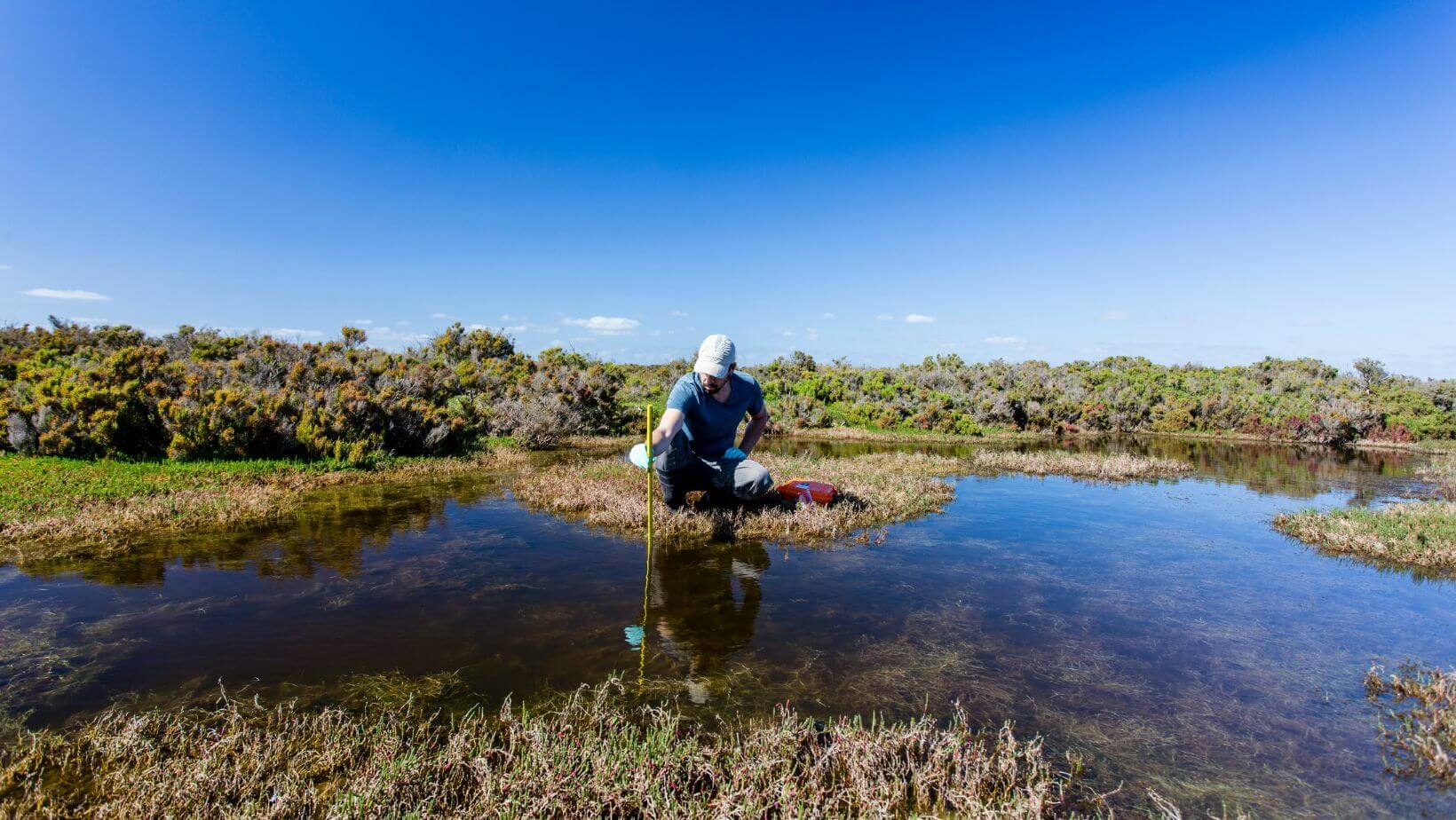Michigan is a state with incredible diversity when it comes to its varied ecosystems. From rivers and streams to woods, prairies, and wetlands – not only does the habitat provide refuge for countless species of wildlife, but also serves as an important resource for recreational hunters and investors who want to pursue their passion or realize financial gain.
In order to maximize Michigan’s potential, land owners need to be knowledgeable about proper habitat management techniques that create a thriving ecosystem in balance with human activity.
Whether you are an avid outdoors person or someone interested in making money through real estate investments, this blog post outlines key habitat management strategies that will ensure sustainable growth while protecting Michigan’s precious resources.
Assessing Your Land: Conducting a Habitat Evaluation
To properly evaluate the habitat of a piece of land, several key factors must be considered. Soil conditions, including composition and drainage, directly impact what vegetation will grow and thrive. The land’s orientation toward the sun, known as aspect, and the shape of the terrain, known as topography, also significantly influence temperature, moisture, and wind patterns.
 Existing vegetation provides clues to the site’s sustainability and hardiness, as well as available resources for local wildlife populations. Close examination of on-site water sources and the potential for irrigation or drainage is necessary for sustainable land and wildlife management.
Existing vegetation provides clues to the site’s sustainability and hardiness, as well as available resources for local wildlife populations. Close examination of on-site water sources and the potential for irrigation or drainage is necessary for sustainable land and wildlife management.
Factors like average rainfall and temperatures help determine the land’s overall microclimate and capacity for supporting various plant and animal species. A comprehensive habitat assessment considers all these elements to develop an understanding of the land’s current state and potential.
Habitat Improvement Techniques: Enhancing Your Land for Wildlife
Michigan is known for its diverse wildlife habitats, from sprawling wetlands to expansive forests. To ensure these natural habitats remain healthy, it’s important to practice good habitat management. It starts with understanding how to improve the quality and diversity of your land’s habitat.
 There are many ways to achieve this, such as planting a variety of native plants that provide food and shelter for wildlife and effective soil and water conservation. Best practices for managing vegetation include careful pruning, mulching, thinning out invasive species, and establishing firebreaks. Also, the proper management of water resources can help reduce runoff erosion and promote better biodiversity.
There are many ways to achieve this, such as planting a variety of native plants that provide food and shelter for wildlife and effective soil and water conservation. Best practices for managing vegetation include careful pruning, mulching, thinning out invasive species, and establishing firebreaks. Also, the proper management of water resources can help reduce runoff erosion and promote better biodiversity.
By creating a balanced mix of different habitat types such as grasslands, wetlands, streams, and brush thickets, you will be providing a welcoming space for different wildlife species to thrive in. With the right practices in place, these strategies can result in rich ecological systems on your land filled with abundant plants, animals and other wildlife which helps create all sorts of positive benefits for your local ecosystem.
Managing Wildlife Populations: Balancing Harvest and Conservation
With the increase of human activities in Michigan, it is pertinent to look at the way we are managing our wildlife populations. To effectively balance a thriving ecosystem, one must consider both harvesting and conservation needs. Through habitat improvement techniques like reducing fragmentation of habitats and implementing roadway crossing structures, game species and non-game species can be reintroduced and sustained.
 Understanding how various predators and prey interact with each other in their particular environment is another integral component for successful planning for ecosystem management.
Understanding how various predators and prey interact with each other in their particular environment is another integral component for successful planning for ecosystem management.
Michigan’s wildlife populations are essential, not only for its beauty, but overall health of its diverse regional ecosystems; managing these habitats to maximize their potential will create positive results for many generations to come.
Habitat Management Resources: Working with Experts to Create a Thriving Ecosystem
 Managing your land in a way that conserves its natural resources is important for preserving Michigan’s biodiversity. There are many resources for Michigan landowners to access when it comes to habitat management. Government programs, private consultants, and nonprofit organizations provide support and guidance for landowners interested in developing effective stewardship plans.
Managing your land in a way that conserves its natural resources is important for preserving Michigan’s biodiversity. There are many resources for Michigan landowners to access when it comes to habitat management. Government programs, private consultants, and nonprofit organizations provide support and guidance for landowners interested in developing effective stewardship plans.
Working with these experts ensures that habitats can be managed responsibly and sustainably. Success stories from other Michigan landowners demonstrate the positive impact of habitat management techniques. Collectively, by taking advantage of available resources, landowners have an opportunity to create thriving ecosystems and contribute to a better future for Michigan’s unique wildlife species.
Developing a Healthy Environment in Michigan Through Habitat Management
By properly evaluating and managing your land, you can create a thriving ecosystem that benefits both landowners and wildlife. Implementing proper habitat management techniques is essential for species conservation and maintaining game populations in the state of Michigan.
Through understanding the importance of implementing these management plans, Property owners have seen improvements to their ecosystems and abundant resources available to them. Doing what’s best for our environment then, starts with each individual landowner taking action and creating a tailored plan based on their specific needs, as well as expert knowledge from programs, consultants, and organizations like Michigan Whitetail Properties.
When done correctly and responsibly, our collective efforts can promote ecological balance and preservation in our state.